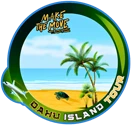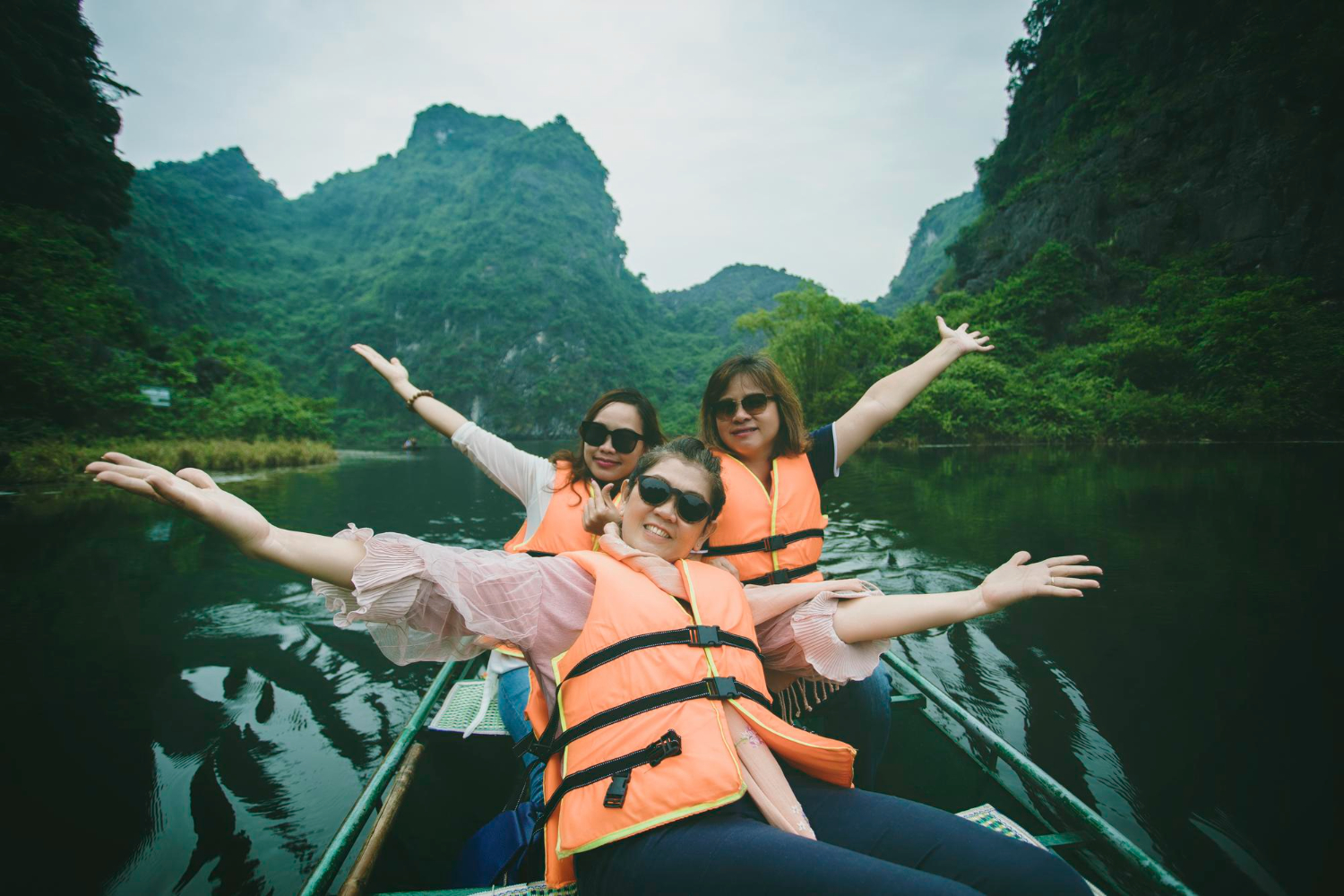Exploring the breathtaking landscapes of Oahu offers endless thrills, from dramatic volcanic craters to beautiful beaches and lush rainforests. However, the island’s natural beauty comes with inherent risks that require careful attention to safety protocols and local regulations. The best Oahu tours prioritize visitor safety while certifying maximum enjoyment, creating structured experiences that protect both tourists and Hawaii’s delicate ecosystems. Understanding these safety measures and guidelines helps travelers make informed decisions and enjoy stress-free adventures.
Ocean Safety and Beach Regulations
Hawaii’s waters can be deceptively dangerous, with strong currents, unpredictable waves, and marine hazards that catch unprepared visitors off guard. Professional Oahu sightseeing tours implement strict ocean safety protocols, including current condition assessments and mandatory safety briefings before any water activities. Guides monitor surf reports, tide schedules, and weather patterns to determine safe swimming and snorkeling locations. They enforce regulations such as maintaining safe distances from coral reefs, respecting marine life sanctuaries, and following lifeguard instructions at public beaches. These precautions certify that beach activities remain enjoyable while protecting both visitors and Hawaii’s precious marine ecosystems.
Transportation Safety and Traffic Management
Oahu’s winding coastal roads and mountainous terrain present driving challenges that require experienced navigation. Circle island tour Oahu operators maintain rigorous vehicle safety standards, including regular mechanical inspections, GPS tracking systems, and emergency communication equipment. Professional drivers undergo specialized training for Hawaii’s diverse road conditions, from narrow mountain passes to busy urban areas. Tour companies follow strict passenger capacity limits, certify proper seatbelt usage, and maintain emergency supplies, including first aid kits and communication devices. These transportation safety measures allow visitors to relax and enjoy scenic routes without worrying about navigation or road hazards.
Hiking and Adventure Activity Protocols
Oahu’s hiking trails range from easy coastal walks to challenging volcanic crater expeditions, each requiring safety considerations. The best Oahu tours conduct thorough participant assessments, certifying hikers possess appropriate fitness levels for selected trails. Guides carry comprehensive safety equipment, including emergency beacons, first aid supplies, and weather protection gear. They enforce trail regulations such as staying on designated paths, respecting wildlife habitats, and following park closure notices. Weather monitoring plays a crucial role, as guides cancel or modify activities during dangerous conditions like flash flood warnings or high wind advisories.
Cultural Site Respect and Preservation Rules
Hawaii’s sacred sites and cultural landmarks require respectful behavior and adherence to specific protocols. Oahu sightseeing tours educate visitors about kapu (sacred restrictions) and appropriate conduct at religious sites, ancient temples, and burial grounds. Guides enforce photography restrictions, maintain respectful noise levels, and certify visitors follow designated pathways to prevent damage to historical artifacts. These cultural preservation efforts protect Hawaii’s heritage while allowing meaningful educational experiences. Tour operators work closely with Native Hawaiian cultural practitioners so all the activities honor traditional protocols and support community values.
Wildlife Protection and Environmental Guidelines
Oahu’s ecosystem supports endangered species and fragile habitats that require careful protection. Circle island tour Oahu experiences include comprehensive wildlife education, teaching visitors about protected species like Hawaiian monk seals, sea turtles, and native birds. Guides enforce federal regulations, including maintaining legal distances from marine mammals, avoiding nesting areas during breeding seasons, and prohibiting feeding or touching wildlife. Environmental protection extends to vegetation preservation, with strict guidelines about staying on trails, avoiding rare plant areas, and following leave-no-trace principles. These measures certify that wildlife encounters remain safe and sustainable.
Weather Awareness and Emergency Preparedness
Hawaii’s tropical climate can change rapidly, creating potentially dangerous conditions for unprepared visitors. Professional tour operators monitor weather forecasts continuously, adjusting itineraries based on current conditions and safety assessments. They maintain emergency action plans for various scenarios, including severe weather, medical emergencies, and natural disasters. Circle island tour Oahu guides carry emergency communication equipment, know evacuation routes, and maintain contacts with local emergency services. Participants receive weather-appropriate gear recommendations and safety briefings covering potential hazards like flash floods, high surf, or volcanic activity.
Health and Medical Safety Considerations
Remote locations and outdoor activities require careful attention to participant health and medical needs. The best Oahu tours conduct pre-activity health screenings, identifying potential medical concerns or physical limitations that might affect safety. Guides maintain current first aid certifications and carry medical supplies for common injuries and emergencies. They establish clear communication protocols with local medical facilities and emergency services. Tour operators also provide detailed activity descriptions, allowing participants to make informed decisions about their comfort levels and physical capabilities.
Conclusion
Safety-conscious Oahu sightseeing tours demonstrate that responsible tourism enhances rather than diminishes the adventure experience. Professional operators balance excitement with necessary risk management, creating structured environments where visitors can fully immerse themselves in Oahu’s natural wonders without compromising safety. By following established protocols, respecting local regulations, and prioritizing participant welfare, Oahu Island Tour maintains its reputation for delivering unforgettable experiences. Choosing safety-focused tour operators certifies your Hawaiian adventure remains a positive memory while supporting sustainable tourism practices that protect this island paradise for future generations.



